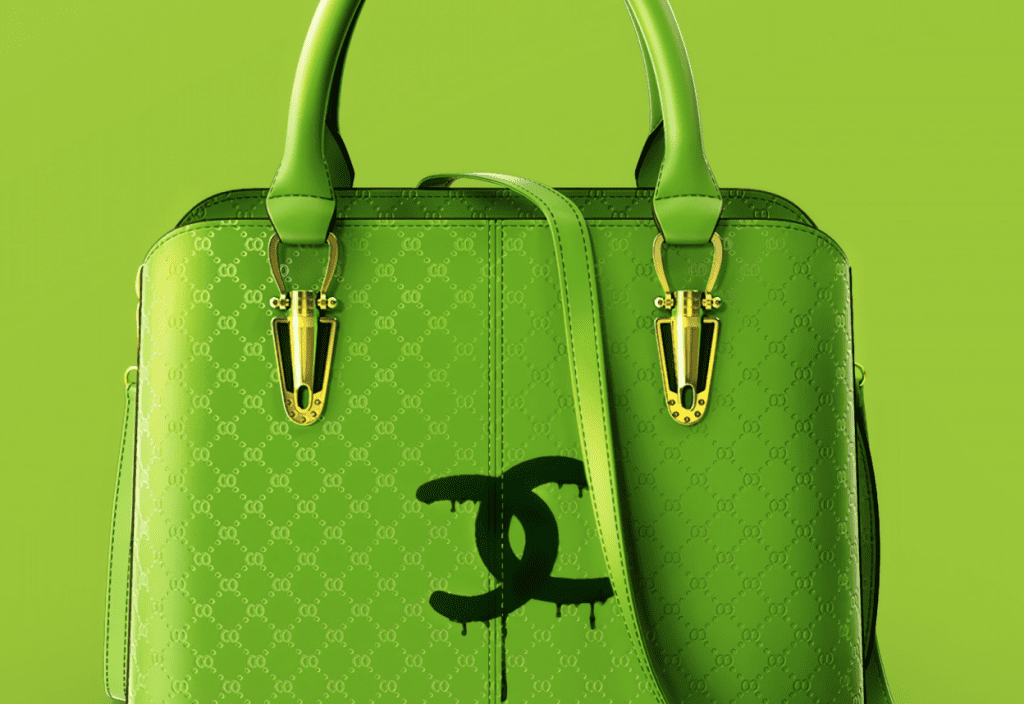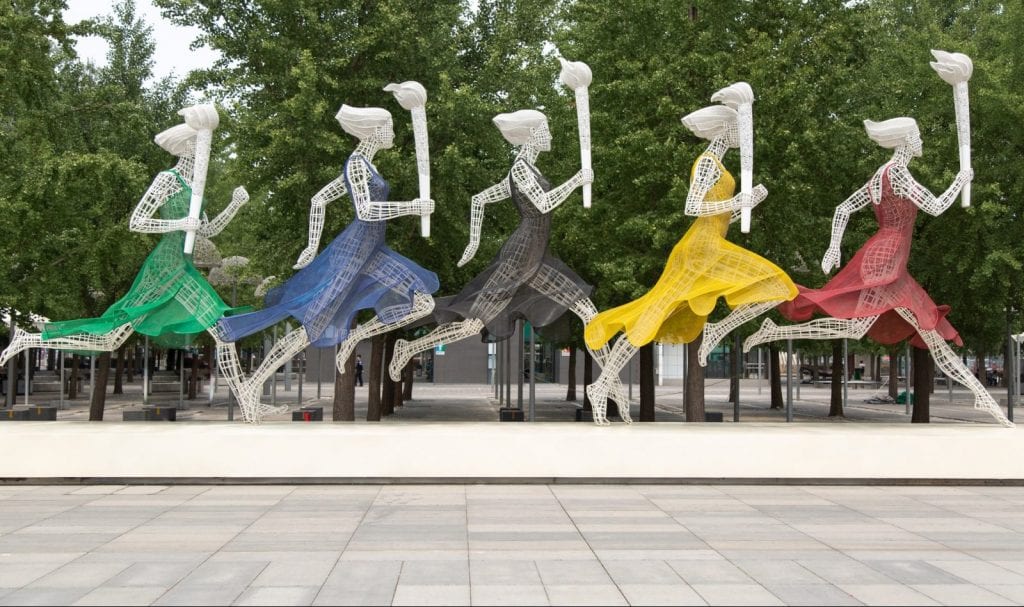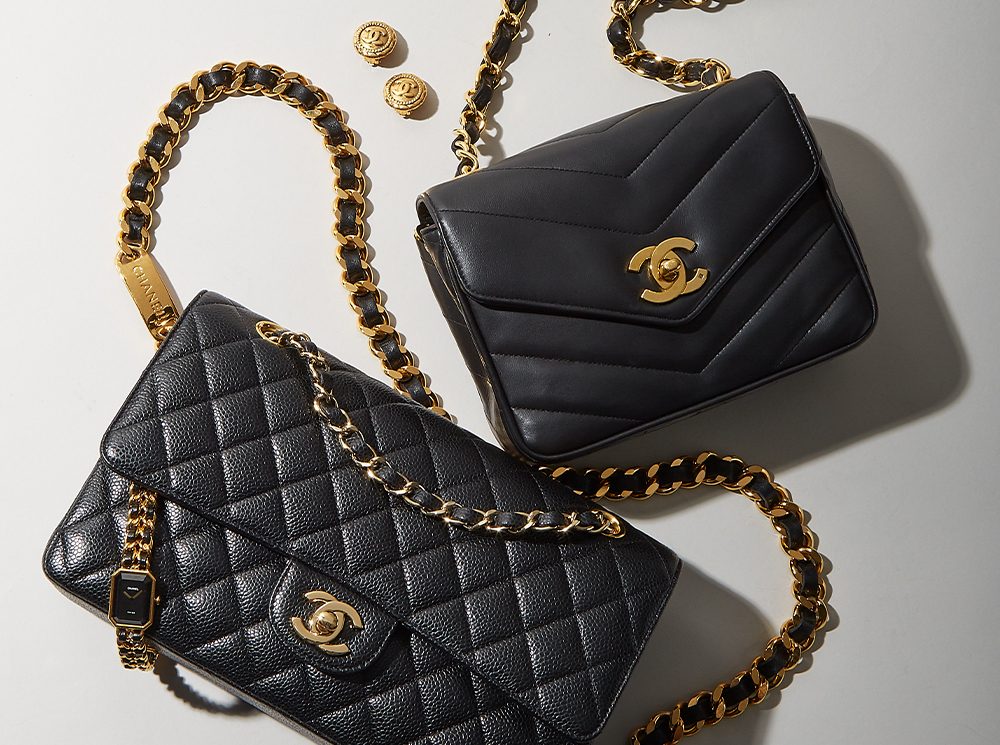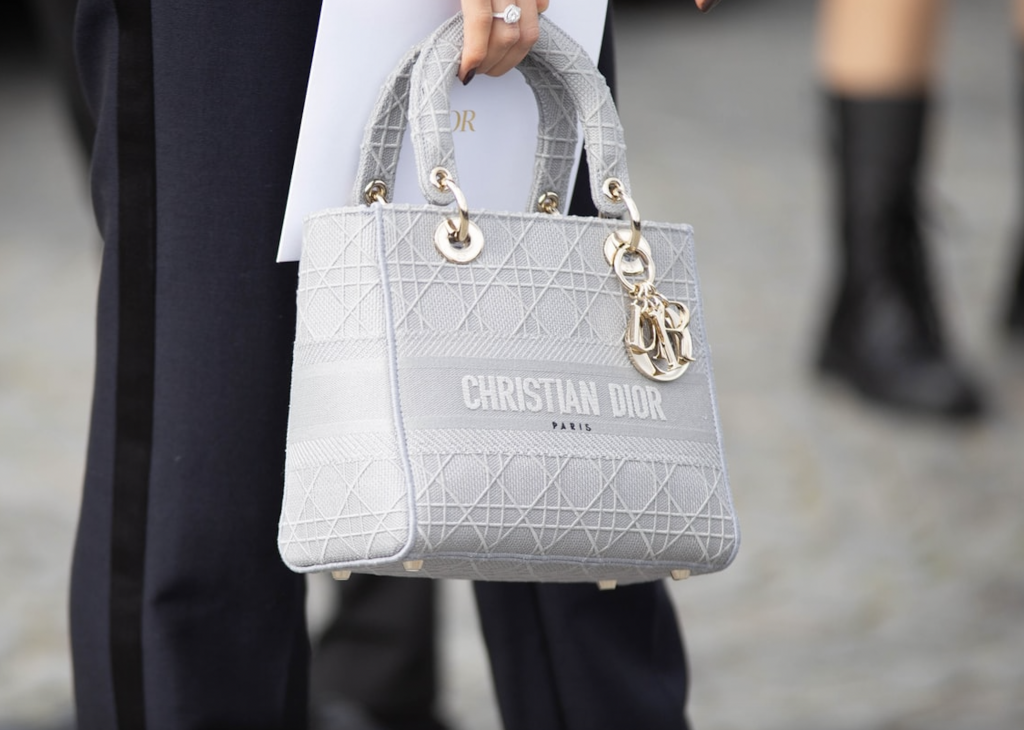On July 1, Italian police made the largest amphetamine seizure in the world. At the port of Salerno, just south of Naples, they used chainsaws to open large cylinders of paper and industrial machinery that were inside shipping containers from Syria and found 14 tons of pills. Weeks later, in Shanghai, local authorizes revealed that they had seized a vast number of fake luxury goods – from counterfeit Chanel bags to Louis Vuitton monogram emblazoned wares – worth more than 1.7 billion yuan ($242 million). At the U.S. border, nearly a million units of counterfeit drugs and medical equipment had been confiscated by the beginning of June.
In Hong Kong, customs officials confirm that they seized record numbers of illegal shark fins in April and May, from an estimated 38,500 sharks, while just this weekend, Italian police broke up a mafia-linked counterfeit ring that is said to have produced and distributed more than three million counterfeit banknotes with a total value of over €233 million ($380 million), making it responsible for as much as 25 percent of all fake euros.
Taken together, these largescale seizures are puzzling. The trade in illicit and legitimate goods are usually closely connected, with traffickers and smugglers often using legitimate goods to conceal the illegal nature of their commodities – just like in the Italian amphetamine bust, which saw drugs comingled with other types of goods in an effort to evade the inspections of customs and border protection officers.
In accordance with this rationale, the trafficking of counterfeit and otherwise illicit goods should be down. As a result of the onset and enduring impact of the COVID-19 pandemic, which has resulted in sweeping disruptions to many industries’ supply chains, global financial uncertainty and distress, and an overarching drop in consumer demand for nearly all but necessary goods, global trade in legitimate goods has declined sharply, and is forecast to be down by 10 percent for the year as a whole compared to 2019. So, why is it that the market for counterfeits and other illegal goods is seemingly running as smoothly as ever?
A Supply Chain Running Smoothly
Chances are, the recent headlines documenting large-scale seizures of counterfeit and other illicit products shed light on a burgeoning market for these products.
Such seizures are likely born from the fact that to some extent, illicit traffic will be more visible to authorities because legal trade flows have shrunk, and there is additional checking at national borders. At the same time, the seizures are likely also the result of criminals taking greater risks because they can make higher returns on scarce goods, and making changes in the modes of transport that they are using. Some activities that usually move by air or road – certain wildlife trafficking, for example – have switched to rail and maritime routes, thereby, adding elements of novelty and uncertainty into the mix.
Not all shipments end up on the hands of government agents, of course. Manufacturers and/or sellers of counterfeits and other illicit products have adopted new techniques of concealment and evasion with a growing number swapping traditional, large-scale methods of transportation, such as shipping via container ship, in favor of smaller – less obvious – methods. To be exact, many are utilizing the mail – and express couriers, such as UPS, FedEx, and DHL – to send smaller qualities of goods as a way to evade detection by customs agents. And to a large extent it is proving effective. This shift was underway years before the onset of COVID-19, but it seems to be even more popular in some places during the pandemic – mail deliveries of recreational drugs in Shanghai have risen, for instance.
Still yet, e-commerce websites and marketplace platforms have long been the key mode for selling counterfeit and illicit goods, and this, too, has intensified in 2020. For example, at least 100,000 new websites have emerged since March selling substandard or fake medical items, such as COVID-related masks, sanitizing products, and supplements. There are also signs of increases in the sales of counterfeit consumer goods online, including fake car parts and accessories. Demand for counterfeits is likely to keep rising as the economy worsens, and as some legitimate goods remain more scarce than usual as a result of supply chain disruptions.
While the manufacturing of illicit products was temporarily disrupted early in the pandemic, as Chinese manufacturers of counterfeit luxury goods were ensnared in the nation’s COVID lockdown, they were back to business as usual within a few weeks, and the global supply of fakes – which regularly plague the fashion, luxury, and sportswear/streetwear markets, partially in response to the intentional scarcity created by brands – has resumed.
What is Next?
To a large extent, counterfeiting and smuggling have been made easier by the more dispersed supply chains that exist in our globalized world. Yet, these networks are likely to shrink as a result of the pandemic and the expectation that multinational companies will bring at least some of their manufacturing nearer home to ensure that they will be less vulnerable to the kind of trade restrictions seen in 2020. Some 64 percent of companies across the manufacturing and industrial sectors say that they “are likely to bring manufacturing production and sourcing back to North America” to avoid similar difficulties in the future, according to an April 2020 Thomas survey of nearly 900 North American manufacturing and industrial sector professionals.
Indeed, this “reshoring” started before COVID-19, and could makesmuggling and counterfeiting more difficult, as shorter and simpler supply chains for legitimate goods will affect illicit products that are smuggled on the back of them. This would include not only things like drugs concealed in shipping containers but also counterfeit consumer goods that are, at times, produced in some of the same factories as the real thing and “snuck” into authentic shipments of the same product and sold as the real thing.
A largescale trend towards localization by Western companies could prove to be bad news for China-based manufacturers, since they produce most of the world’s counterfeits. Yet, it is difficult to guarantee the ethical standards of your business partners even with greater due diligence, particularly if the economic fallout of the pandemic reduces the alternatives, and more than that, the likelihood that the counterfeit trade in China and beyond will significantly suffer seems unlikely. There are indications that for practical reasons, China’s status as the workshop of the world is not going to change dramatically. And even if shorter supply chains make a big difference to the illicit trade, it may serve to merely motivate bad actors to come up with new ways to meet demand. This may see the shift of illicit supply chains from China to places, such as Turkey, Thailand and India, for example.
Looking beyond China, though, the fake trade as a whole is proving resilient in the face of a global pandemic and the large-scale market volatility that has come as a result. This follows from the fact that despite extensive investment by law enforcement and brands across the globe in an effort to fight fakes, including in China, the global demand for counterfeits remains unabated. The trade in counterfeit apparel, accessories, and footwear, alone, is worth more than $450 billion and growing, and a sizable portion of the sales of such goods do not occur by chance. Instead, many purchases of counterfeit fashion items are done intentionally by consumers who know that they were buying fakes.
The large portion of intentional counterfeit purchases is telling, as it suggests that even if brands and anti-counterfeiting organizations increase their efforts to cut down on the supply of fakes, a sizable challenge remains: countering the seemingly unwavering amount of consumer demand. And that is likely something a pandemic will not cure either. If anything, the rise in largescale busts seems to suggest the very opposite.
Alexander Kupatadze is a Lecturer in Transnational Crime at King’s College London. (Edits/additions courtesy of TFL)











